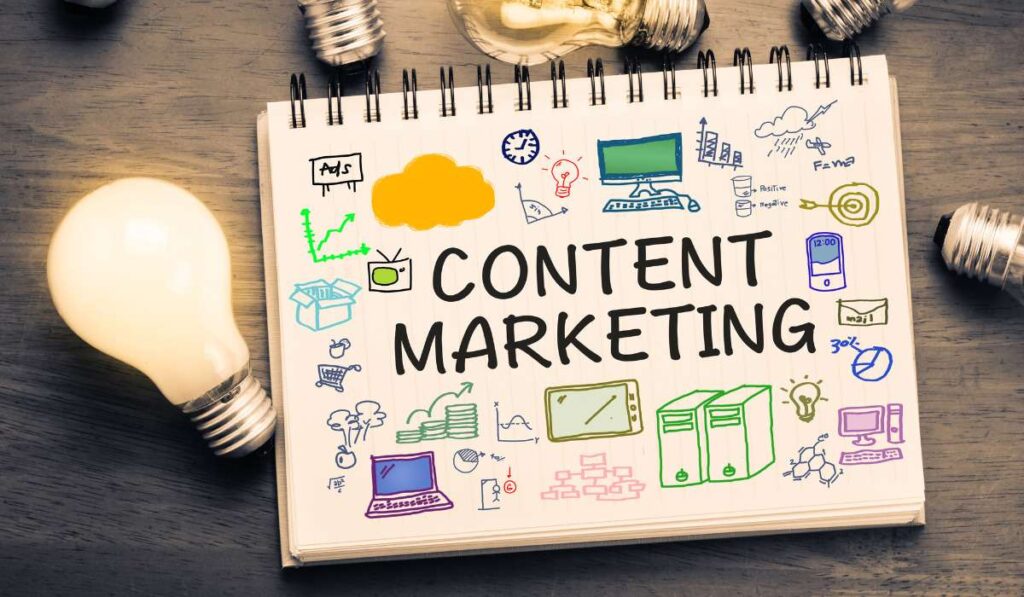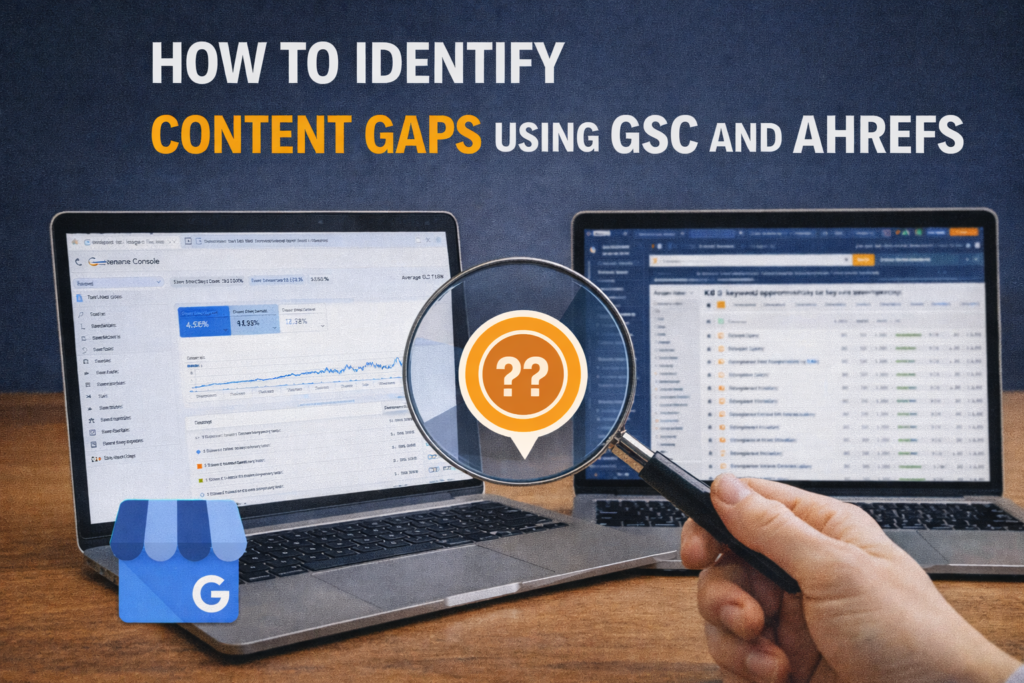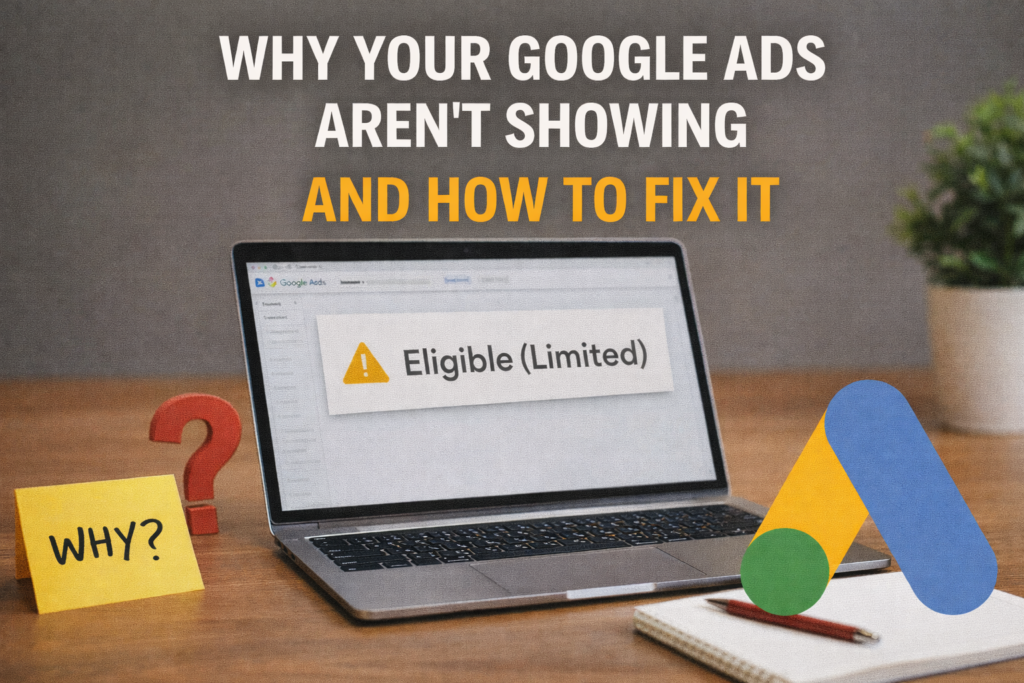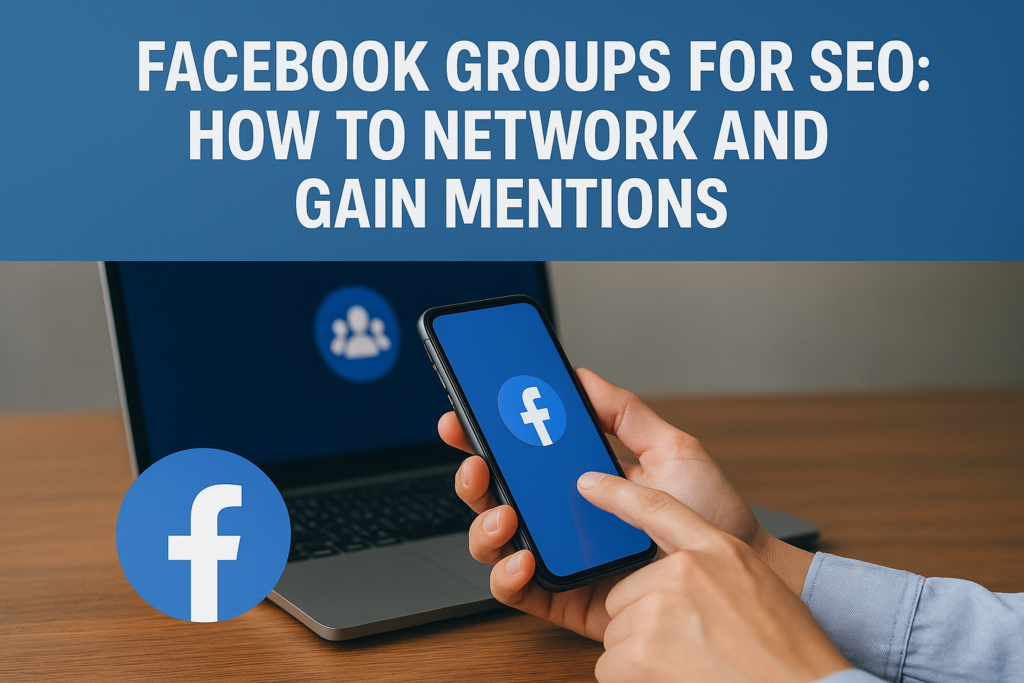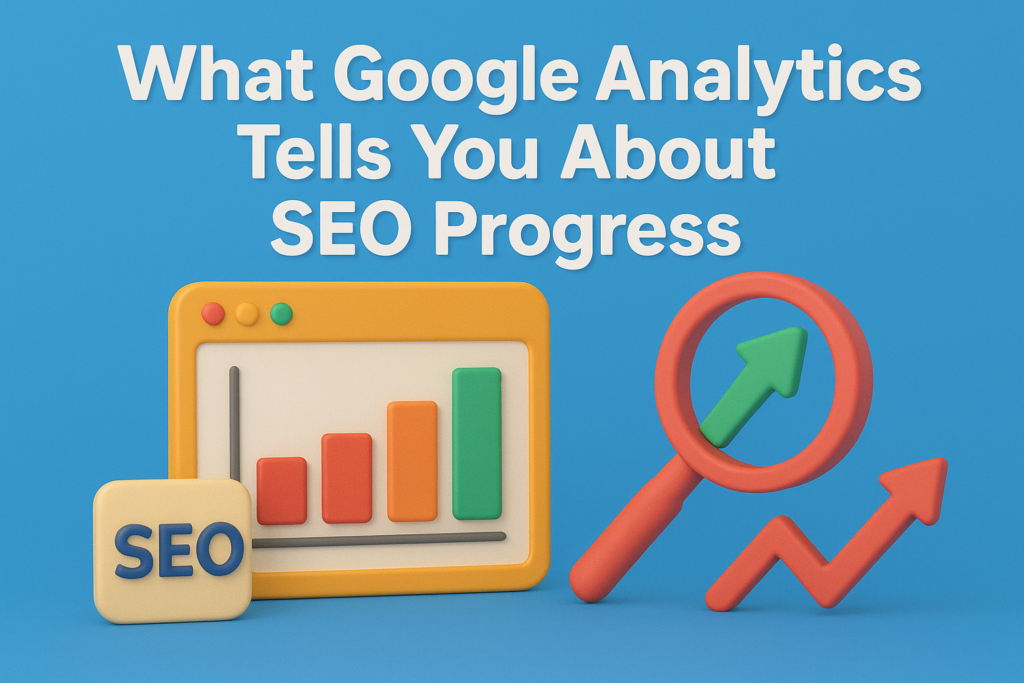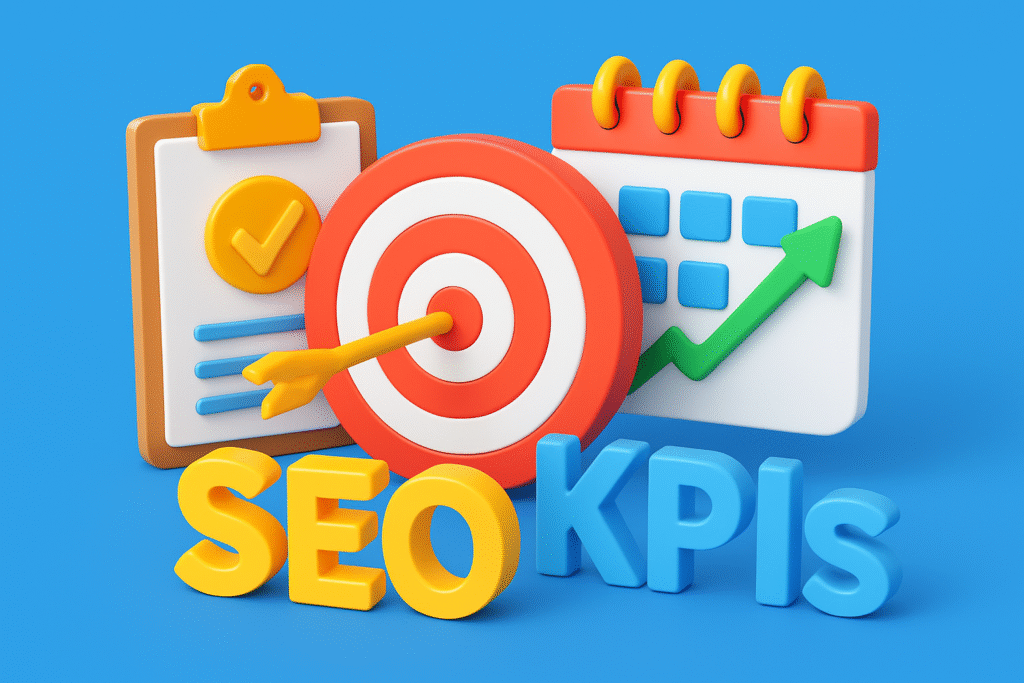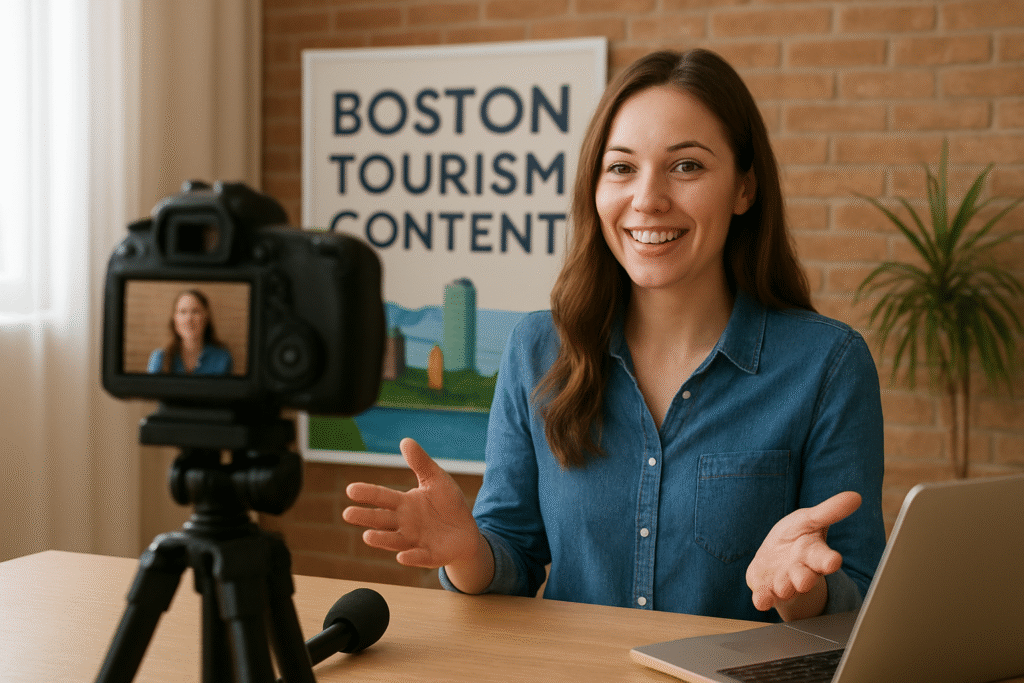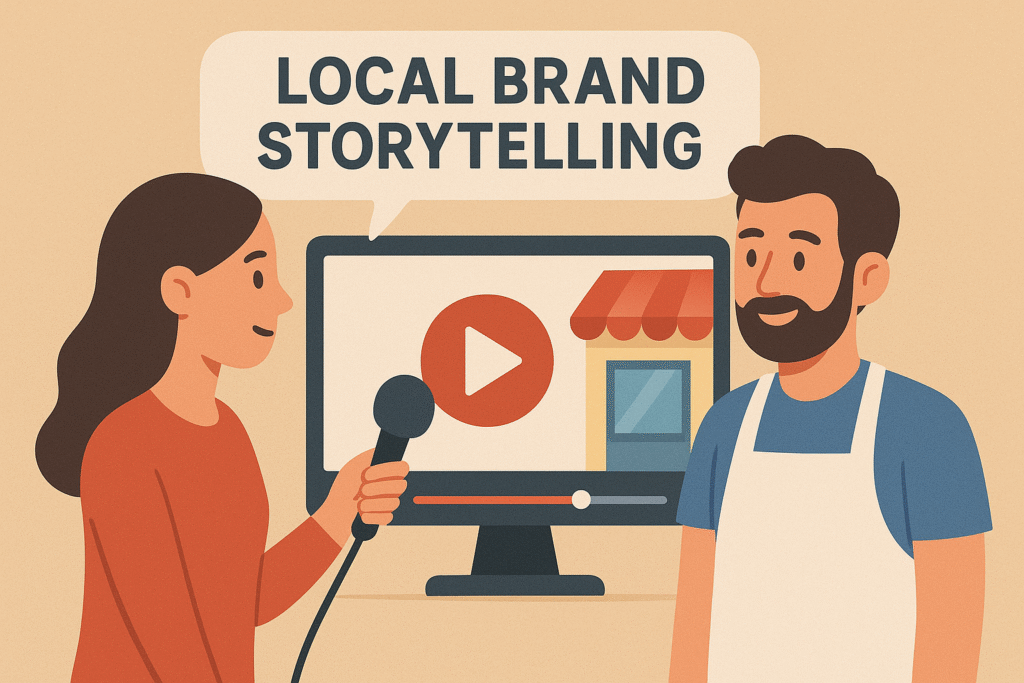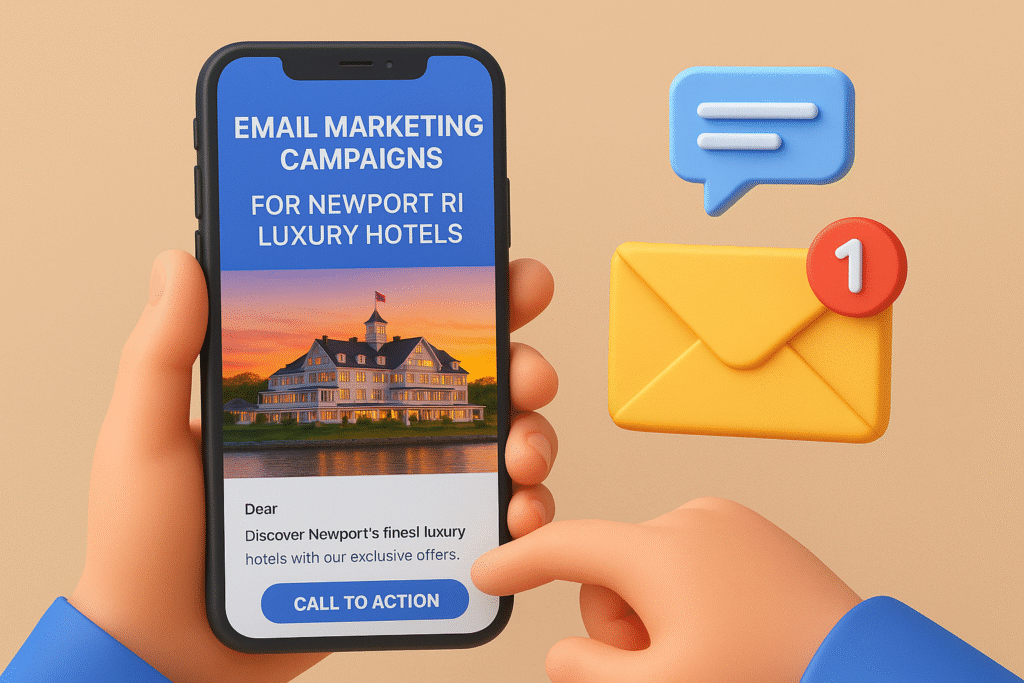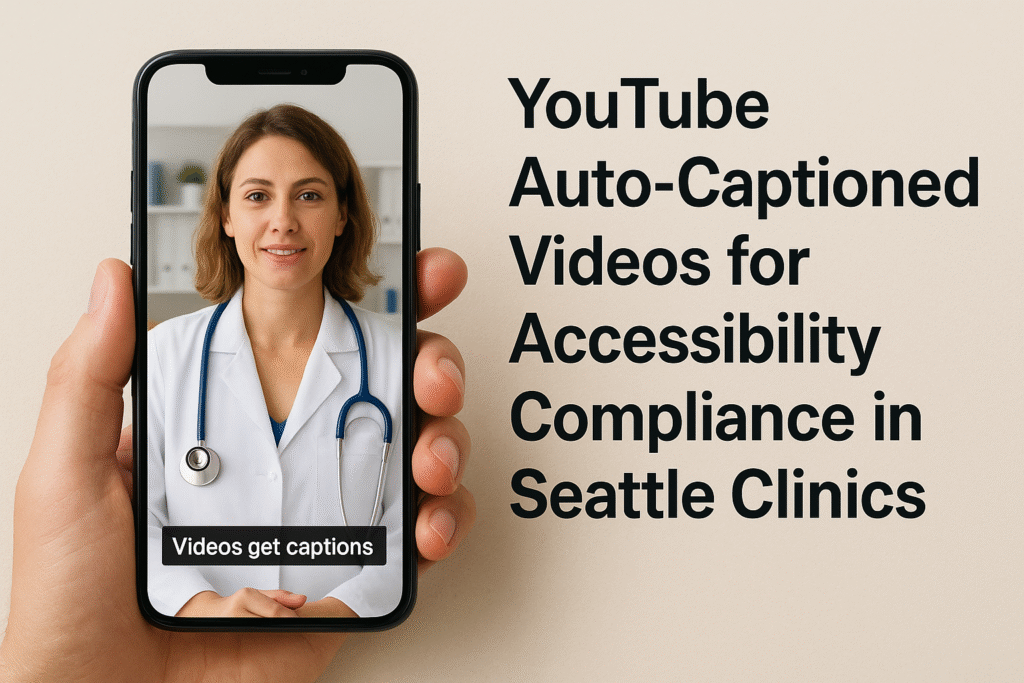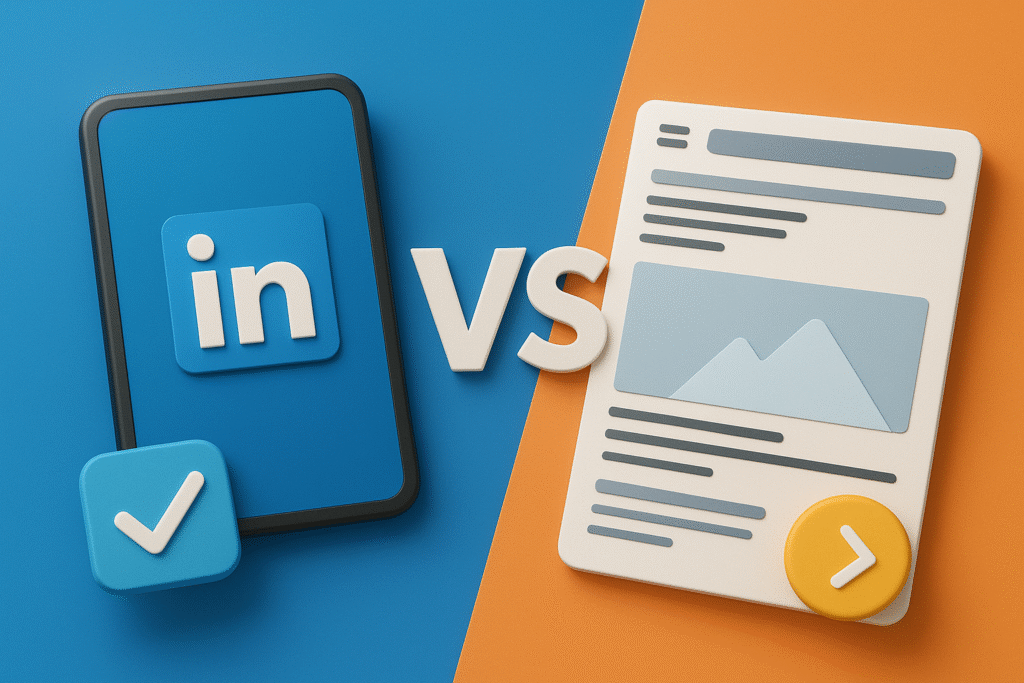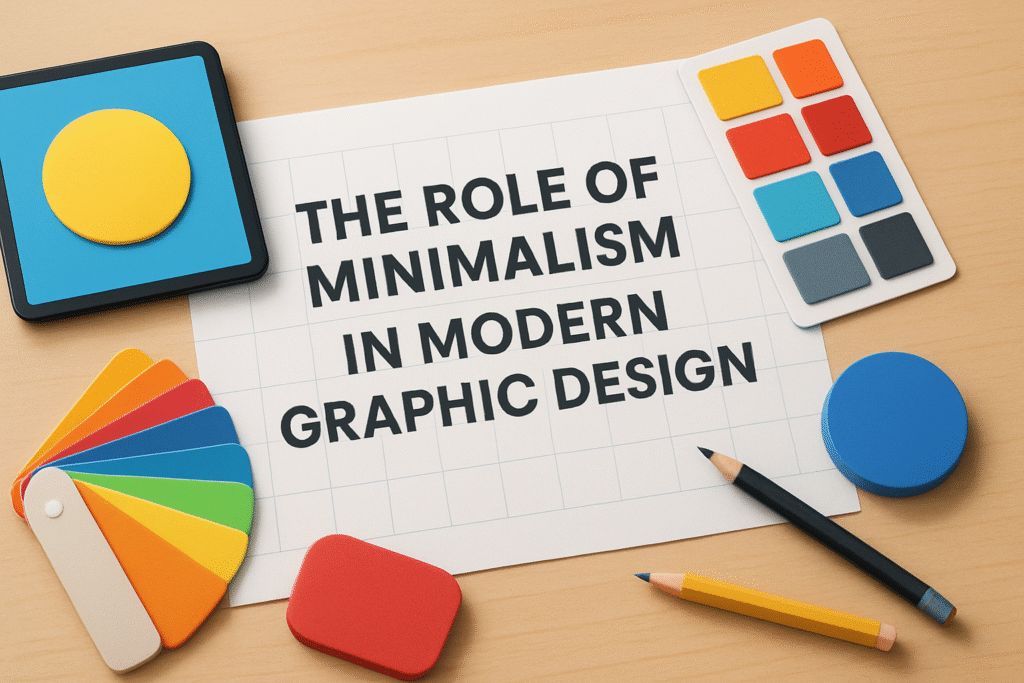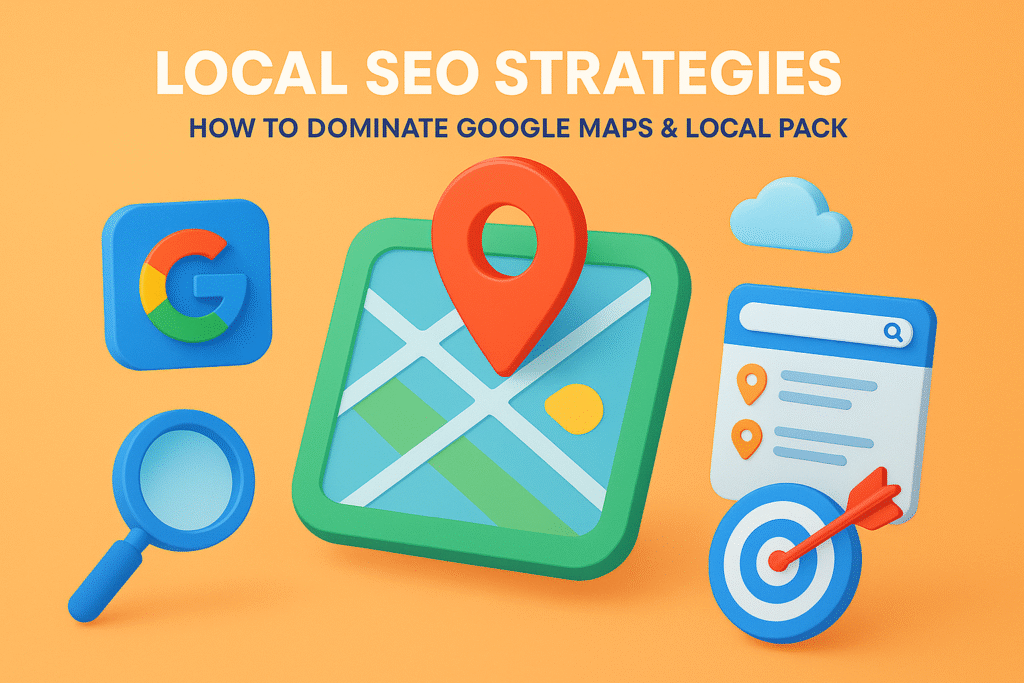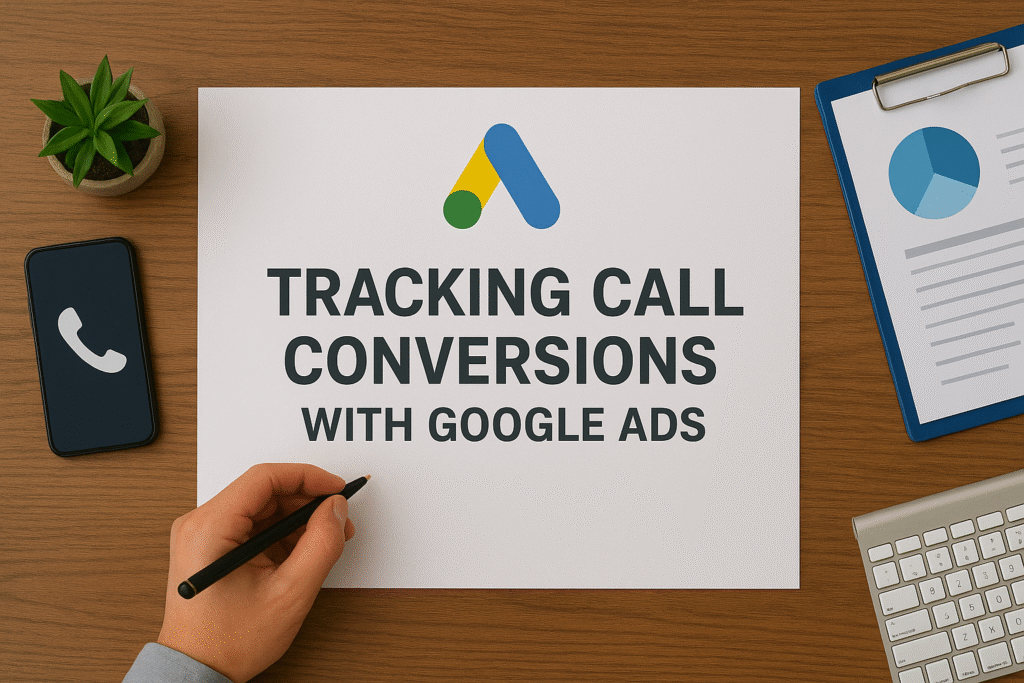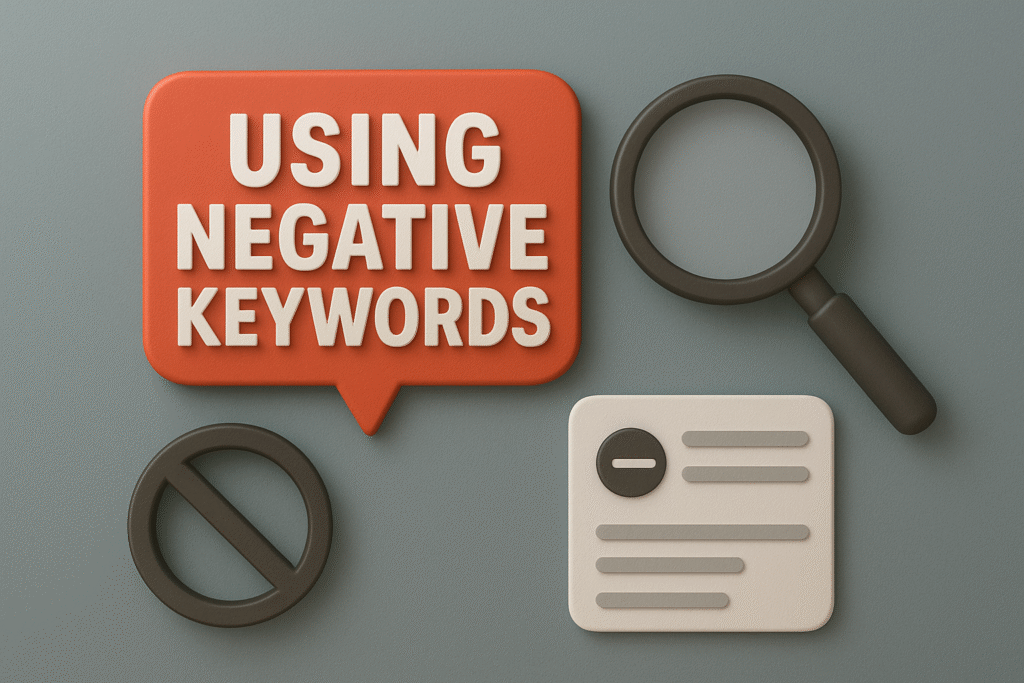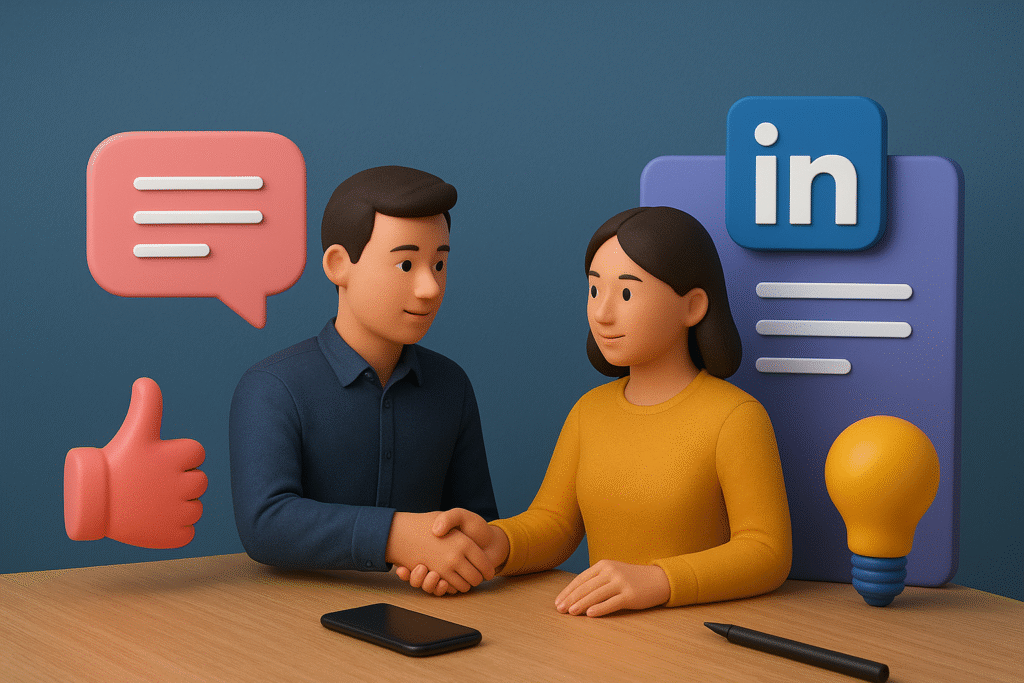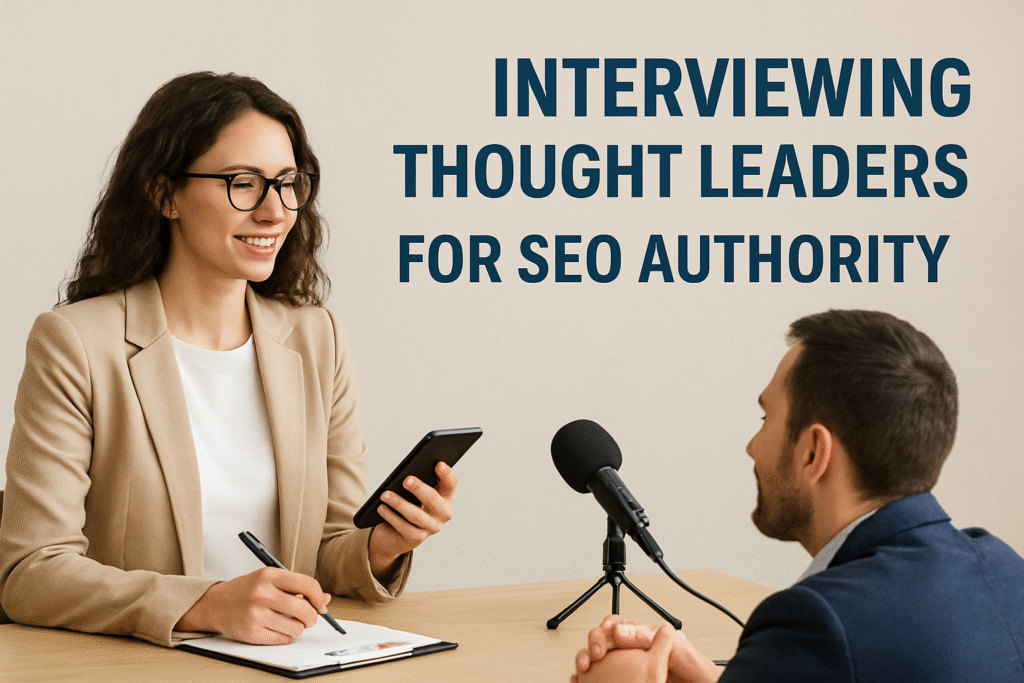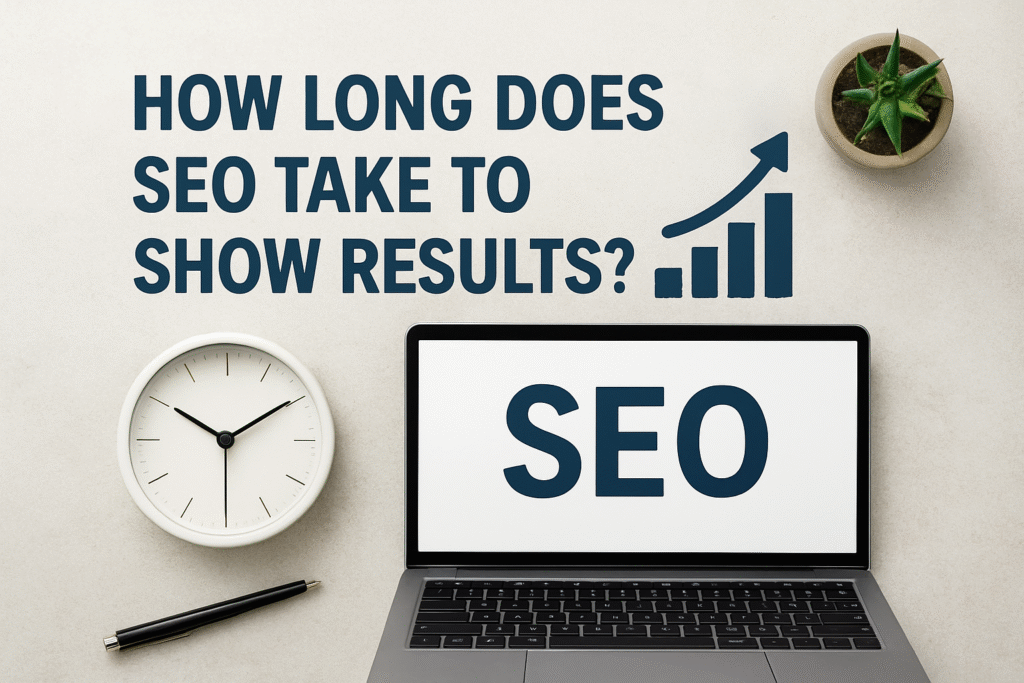People need to understand the reality of content marketing. It’s powerful. This article will explain the types of content marketing: Text, Video, Audio, Images, and GIFs, and highlight which content types will be popular in 2023?
Variety is key in content marketing. You must offer your readers magnetic material that is exciting to prevent boredom. There are many different content kinds that you might employ as a result. Make careful to mix up the types of material you produce. A balanced material mix will keep users interested and prevent them from clicking away out of boredom. The variety of options also enables you to create relevant and enjoyable material that appeals to your audience and potential clients.
What different types of content marketing?
The audience that a content developer is trying to reach varies. As a result, the material must also be modified appropriately. You have access to a wide selection of the broadest formats for this:
- Text-based content
- Infographics
- Pictures
- GIFs, Videos, Animations
- Audio-Files
- Social Media
Text-based content
When you think about material on the web, texts are likely the form of content that first comes to mind. Naturally, no website could function without text-based content. You may gather Google ranks using high-quality, SEO-optimized, and user-tailored content. Additionally, and maybe even more significantly, they enthrall your audience. At best, this encourages people to visit your site to read your material routinely. The length of your text content depends on the platform it is utilized for. Orbit Media Studios conducted a survey in 2018 that found that the typical article was 1,151 words long. Over a quarter of bloggers blogged at least once each month, and approximately 40% published twice weekly. Thus, there is a definite tendency toward more extended, more in-depth texts that not only provide readers with an apparent additional benefit but also give search engines enough material to demonstrate the content’s importance.
You can, however, post shorter texts as well. Your contribution’s length will depend on the difficulty of the subject and the landing page where it is posted. Regardless of the size of the book, the following points are consistently significant:
- Make sure the context is clear and accurate.
- Good readability and ease of consumption are essential.
- Emotionalize your messages.
- Remain active and concentrate on particular topics.
Infographics
Infographics are generally used to present information visually. This image will show you how to prepare a report quickly. You can benefit from this, mainly if you use social media frequently. You depend on speedy assimilation of information due to the sensory overload brought on by the many postings in each user’s feed. This may be accomplished by creating an informative, understandable, and detailed infographic. Doing this can stay in your users’ minds for a long time. Infographics may also be used to promote products and services. Consequently, you may directly persuade potential consumers using your expertise.
Pictures
The adage “a picture is worth a thousand words” is well recognized. You may thus utilize photos, slideshows, etc., to make your writing more readable and to visually support what you have written, much like infographics do. Frequently, graphics effectively show the text and help people remember it. Your material is given more attention, kept engaging, and diversified through a clever content mix, often reflected in improved clickthrough rates and longer user dwell times. Just ensure your photos are optimized to prevent your website’s loading speed from being affected. You may accomplish this by taking several steps:
- Choose the correct file format:
- JPG, PNG, or GIFs are the file formats you can compress best and which every browser will play.
GIFs, Videos, Animation
Since a few years ago, GIFs have been a popular technique to communicate emotions more effectively online. They’ve become one of the goto types of content marketing lately. In addition to being entertaining, GIFs help add a feeling to your material. However, it would help if you were mindful of other moving visuals for a decent content balance. Videos are the absolute classic. For practically every use, these video types are appropriate:
- Interviews;
- product demonstrations;
- behind-the-scenes videos;
- tutorials;
Audio Files
Podcasts are becoming more and more popular. In contrast, one in eleven Germans listens to a podcast at least once weekly. This information is so well-liked because you may discover new things as you go.
Between the ages of 16 and 29, young people make up the majority of podcast listeners. This makes it less likely that this format will work for everyone. However, the demand for politics, science, and education podcasts is rapidly expanding and reaching the age of over 30. You may thus find it beneficial to digest material as audio. This may be made available on your website as well.
Social Media
The subject of social media cannot be avoided in content marketing. Therefore, you are far behind if you haven’t included it in your plan yet. Social media platforms have a significant impact and offer several benefits:
- Through targeted advertising, you effectively contact your target audience.
- Regular updates may be posted quite easily and fast.
- Content strategy and social media tactics frequently work together.
- They enable direct communication with your users.
- They give room for interaction.
- They boost brand recognition.
- Because your material frequently shows on users’ feeds, you remain in their minds.
Here are 5 coming social media types of content marketing trends for 2023 that will help you make the most of this platform’s rapid expansion
Influencer marketing is probably going to become more critical in the types of content marketing.
Influencer marketing, which has long been at the forefront of social media marketing, has developed into an intriguingly complex and creative strategy. The days when influencers advertised something by simply taking a photo of themselves to support it are long gone. Influencers let their sponsored items speak for themselves by smoothly integrating them into their paid and unpaid content. Due to the increase of Gen Z users, authenticity and personal identification are now the new ways to sell on social media.
When followers are sincere in wanting to learn about a person’s lifestyle and the things they use, there is no need for explicit promotional information. That’s why they first followed them, right? That is social media’s magic. 100,000 followers equates to 100,000 possible clients. In actuality, 61% of customers believe the advice of influencers, compared to 38% who believe branded (and sometimes biassed) sponsored social media material. Every influencer has already established their unique group.
Short-form videos and bite-size content will continue to reign.
The rise of short-form material, concise movies, and reels are one of the most apparent trends in social media marketing content. We apologize to Instagram and Facebook; Tik Tok deserves praise for reviving this habit. Instagram and YouTube soon after debuted the short video features in competition with TikTok in 2020.
There’s a solid reason why short videos are so popular. Quick and simple, this kind of material captures just enough information and the point that its author wants to make. Additionally, they are energizing and addictive. You spend a minute on your phone watching a video from your video stream. The 30-second films build up, so an hour or two have passed before you realize it.
Growing utilization of user-generated content
User-generated content (UGC) is being included by businesses in their social media marketing strategies to boost their brand awareness and value proposition. UGC refers to any content people publish on websites and social media platforms, including photos, videos, audio, and text. Authentic content is the floater for content creators to stay afloat in the vast ocean of knowledge and fresh material produced daily.
Consumers place a growing emphasis on authenticity. Up from 86 percent in 2017, around 90 percent of consumers stated that authenticity was important when making a purchase. This is hardly surprising given the growing consumer awareness in a crowded market. People are more likely to trust and buy products recommended by people without affiliation with the brand.
Social media platforms continue to see a boom in augmented reality.
The distinction between the virtual and real worlds is becoming hazier with each step of the digital transition, making augmented reality (AR) the future and a crucial component of social media marketing.
If you are unfamiliar with augmented reality, think of the Facebook or Instagram filters that instantly change how you seem by adding cat ears, cosmetics, or other accessories. AR is that.
Asteroids Attack and Don’t Smile are two of the augmented reality games available in the Facebook Messenger app. In the former, users may control a spaceship with their faces, while in the latter, the first person to grin loses a staring competition.
AR also makes online buying on social networks more accessible. Facebook can let most online retailers use augmented reality to allow customers to explore their products. Customers could see how a pair of sunglasses or a lipstick color appeared on them in some of the Facebook promotions, which helped them make the best choice. Projecting specific 3D furniture onto the user’s surroundings is another feature of AR that allows them to determine whether a piece of furniture will fit in their living environment.
Social media have become e-commerce platforms.
During the pandemic, shopping grew more virtual, and social media platforms have grown in popularity. Social media became the leading type of content marketing during the pandemic years.
By 2023, it is expected that the number of social media commerce consumers in the US alone will surpass 100 million. Facebook is the most popular option for social commerce. Facebook’s suite of shopping solutions, which already included Facebook Marketplace and shoppable advertisements, expanded in 2020 with the addition of Facebook Shops. Other significant social media networks keep doing the same. TikTok’s future development plan heavily emphasizes in-stream shopping, and the site has already seen considerable success in mainland China with its on-platform purchasing possibilities. Instead of scrolling through several links, making a one-click purchase of a product, you discover on social media is quicker and more comfortable. Instagram is another powerful social e-commerce platform in addition to TikTok. The “shop” tool, introduced during the epidemic and can be added to any merchandise postings, enables users to buy products with a single click.
More blogs which may help you understand different types of content marketing:

